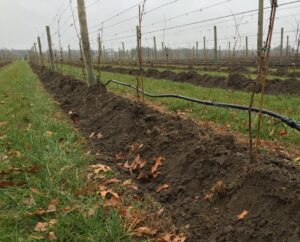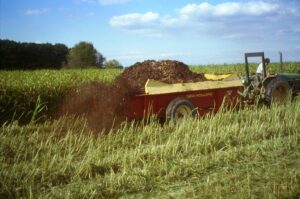SAVE THE DATES!
North Jersey Commercial Vegetable Grower Meeting
February 21, 2023
&
North Jersey Commercial Fruit Grower Meeting
March 1, 2023
Hunterdon County Complex
314 State Route 12, Bldg. #1
Flemington, New Jersey 08822
8:30 am – 4:00 pm
Program and registration details forthcoming
Questions? Please contact: Kim Crommelin (Hunterdon County Cooperative Extension) at 908-788-1338 or kfrey@co.hunterdon.nj.us
Or
Cynthia Triolo (Morris County Cooperative Extension) at 973-285-8306 or ctriolo@co.morris.nj.us

 The principle of Hilling-up – How the soil works, both as a thermal mass that holds the heat and an insulator that slows heat loss.
The principle of Hilling-up – How the soil works, both as a thermal mass that holds the heat and an insulator that slows heat loss. Multiple Northeast SARE (Sustainable Agriculture Research and Education) grant recipient Tommye Lou Rafes, of T.L. Fruits and Vegetables in West Virginia, is sharing her experiences to help other farmers experiment with new ideas through the Farmer Grant program.
Multiple Northeast SARE (Sustainable Agriculture Research and Education) grant recipient Tommye Lou Rafes, of T.L. Fruits and Vegetables in West Virginia, is sharing her experiences to help other farmers experiment with new ideas through the Farmer Grant program.
